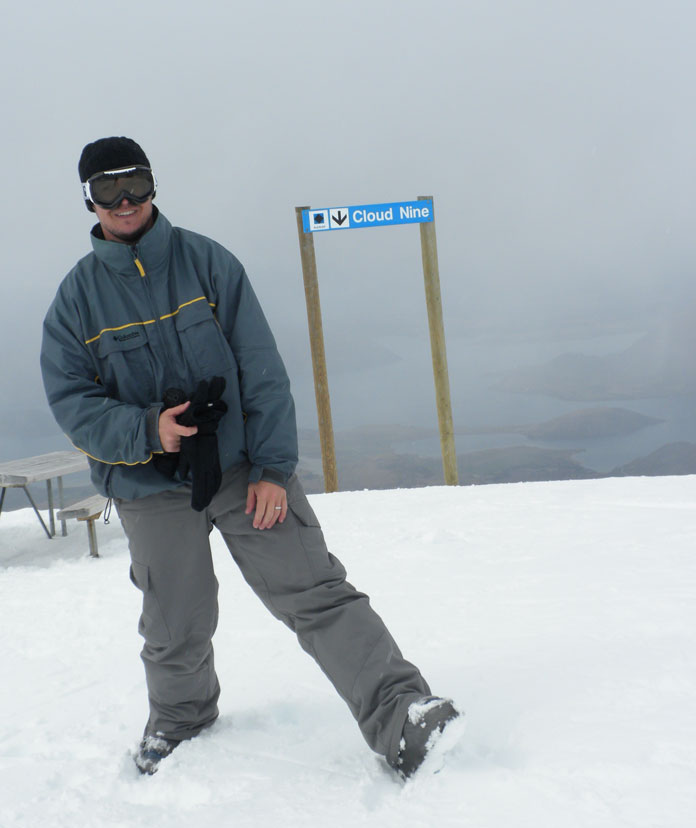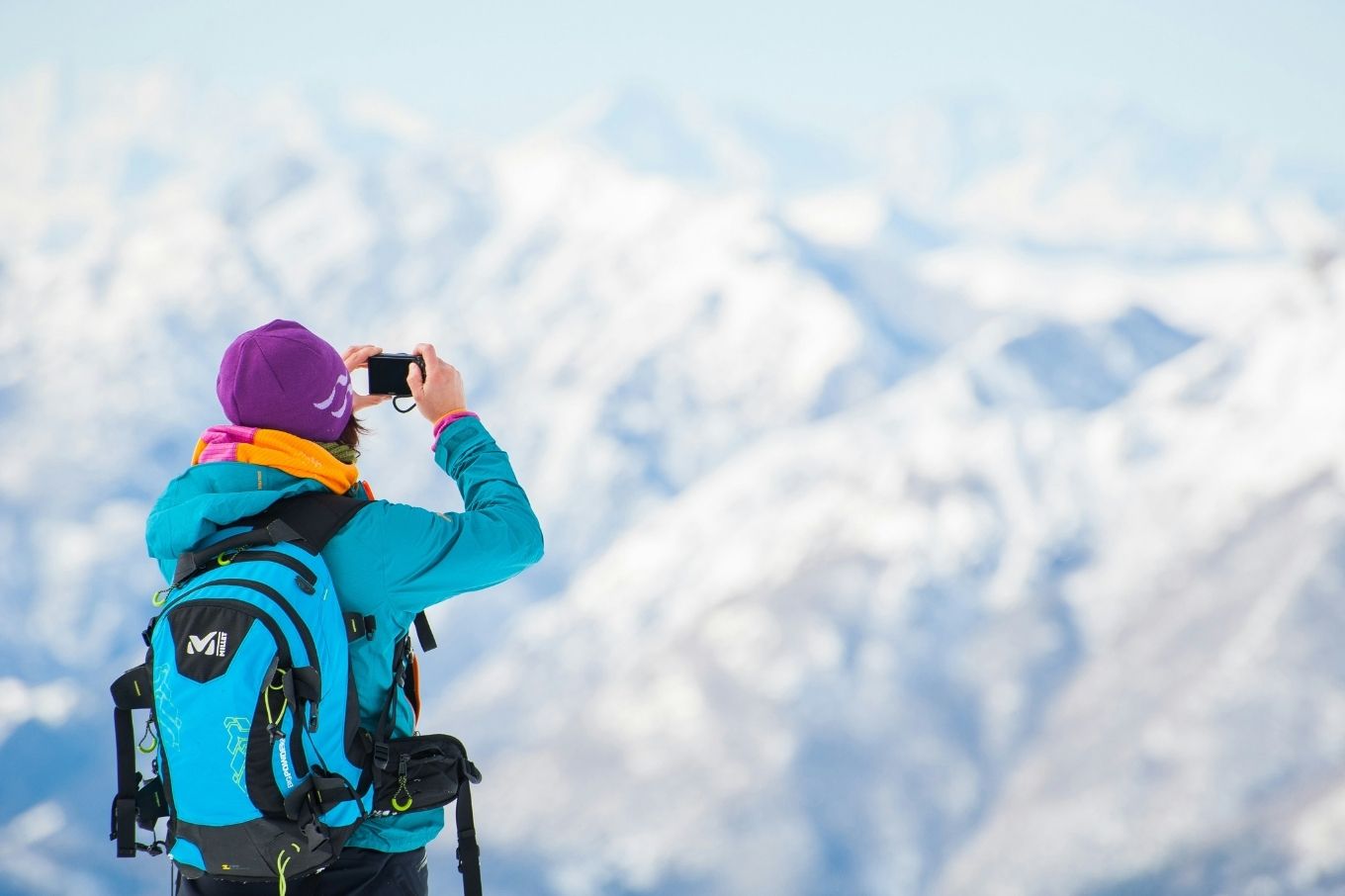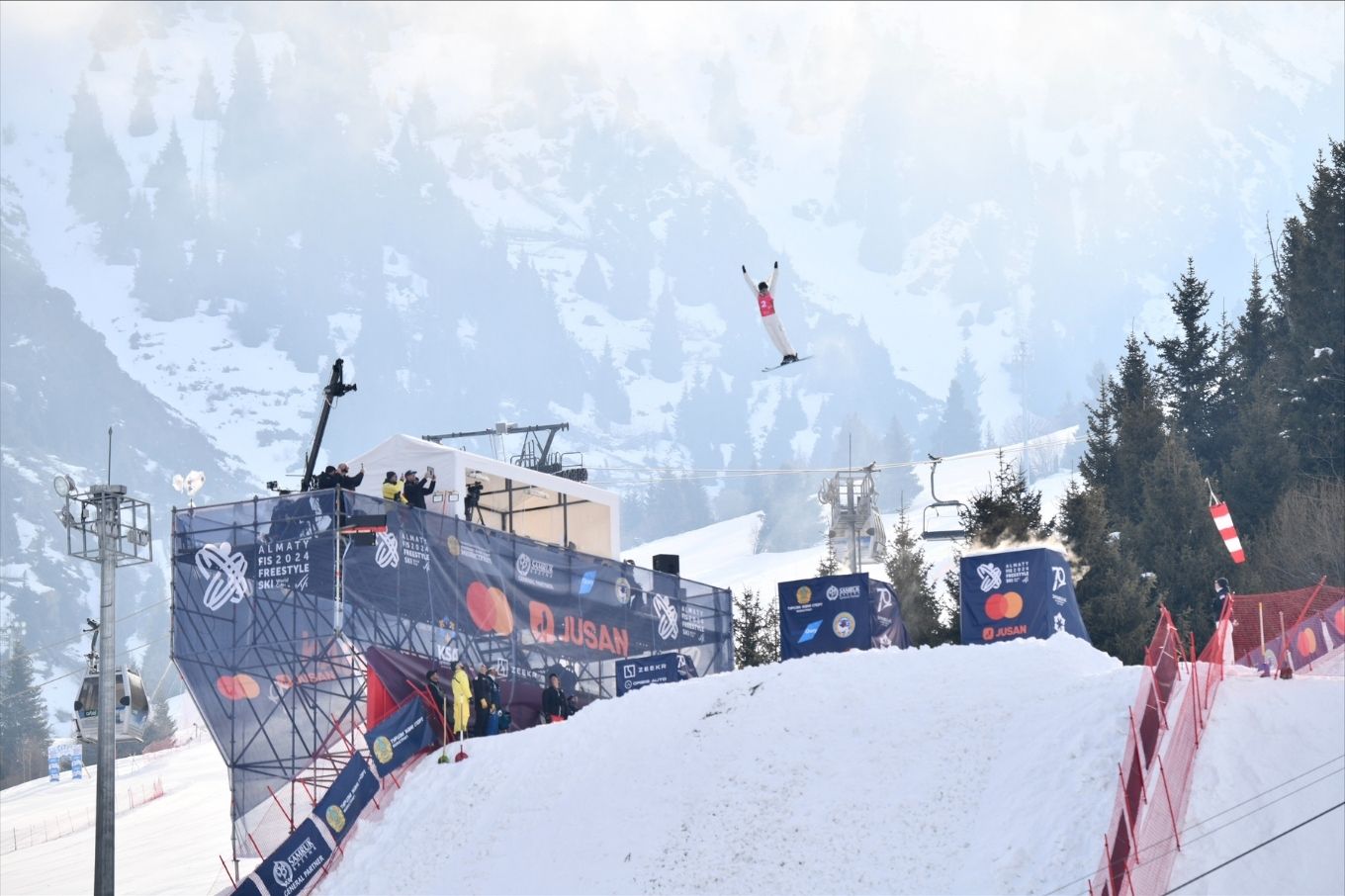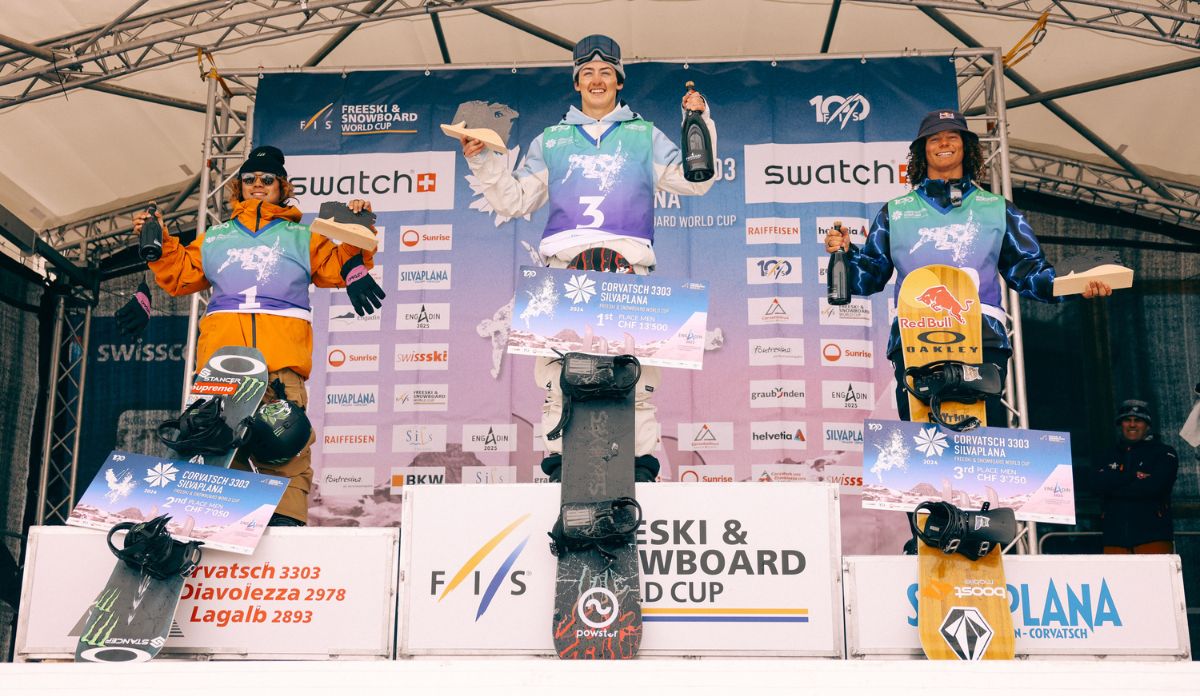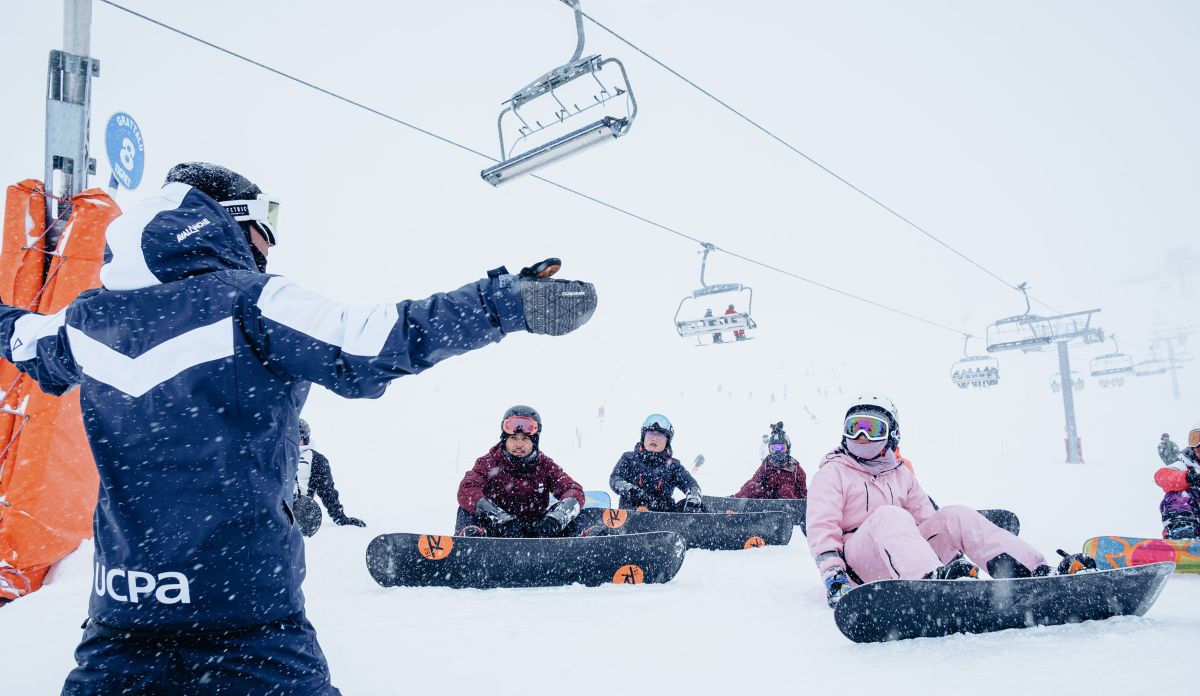Get Ski and Life Fit Better with HIIT Short Burst Training
Want to get ski and life fit better?
And easier – certainly in a less time consuming way? Then HIIT – high-intensity interval training, essentially short bursts of intense exercise – is the way to go says UNSW Sydney exercise physiology researcher and shredder Dr Andrew Keech.
Getting fit by exercising intensely for a few minutes a day, several times a week, might sound too good to be true if COVID-19 lockdown has left you with an expanded waistline. There are so many exercise trends with catchy names and celebrity endorsements it would be easy to dismiss HITT as just another fad.
But it’s far from it and could be your answer to getting back into shape in time for summer, Dr Keech says. We asked him for the snow specific lowdown after getting his very interesting report – check out both below, plenty of good ideas here anyone can put into practice to iprove their fitness and life.
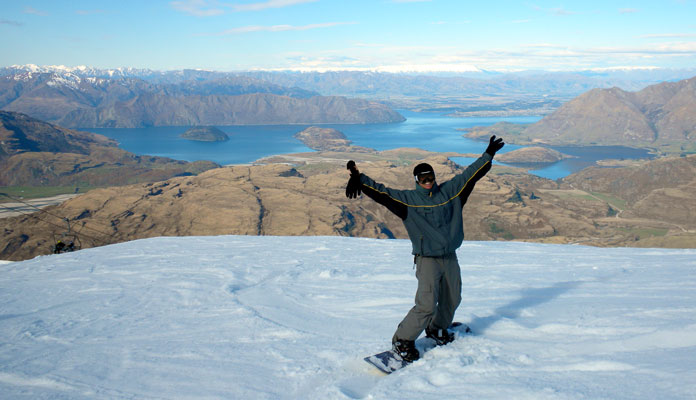
Dr Keech is a keen, if occasional thanks to work and family commitments, skier/boarder and since skiing inevitably involves bursts of intense energy mixed with lulls, it would seem to be ideal for training with HIIT for, and also a great HIIT candidate itself. More on ski specifics of HIIT below, first let’s check out general observations on HITT, including benefits for a range of prevalent medical conditions and pros and cons vs more strenuous “boot camp” style regimes.
The UNSW Medicine exercise physiology researcher, who has been studying the science of exercise for 20 years, said most sports followed an unstructured form of HIIT – for example, rugby league, basketball and tennis. And skiing!
“Efforts are generally short and vigorous and then the athlete rests for a short period before another hard effort,” Dr Keech said. “So, HIIT is a fancy way of saying, ‘work hard for a while, recover and then do it all again’. This is what athletes have been doing for many years.
“But as a formal structured exercise program, it was probably Tabata training in the 1990s that brought HIIT into the mainstream worldwide.” Dr Keech uses HIIT himself as an achievable and efficient way to stay in shape while juggling other commitments.
“With two young children and an academic carrier to build, before the pandemic I had no time for long, slow jogs. For me, pounding the pavement is not overly enjoyable,” he said. Ditto that we say.
“Instead, I use a large hill near our home which is an easy workout: I run uphill at about 90 per cent maximum speed for about 20 seconds and then walk back down. I do this five times and that’s it – the benefits show just from that.”
“So, there is no need to ‘smash yourself’ with a huge workout that wipes you out for the rest of the day – like many personal training or boot-camp style workouts are nowadays – to gain meaningful benefits for your cardiovascular health.”
Which confirms out own belief there is indeed no need to overdo it! Never under-estimate the therapeutic benefits of the sleep in we say – sleep in, do some HIIT later and be healthier than your friends getting up at 5am for bootcamps..
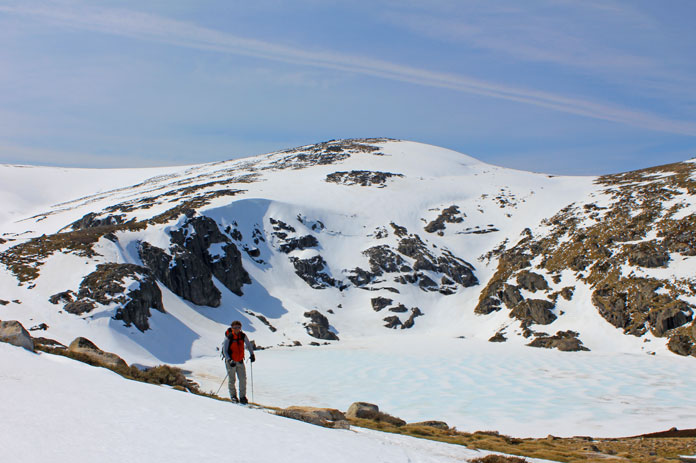
Research proves benefits of HIIT
Dr Keech said the benefits of HIIT had become clearer in recent years with accumulating research showing it was effective for improving aerobic fitness and cardiovascular-related health indicators, such as blood pressure, body fat levels and glucose control.
“In my main area of expertise – cardiac benefits – it was a seminal study in 2007 by Ulrik Wisloff, a leading Norwegian exercise scientist, that applied HIIT successfully to cardiac rehab patients with an average age of 75 years that started the ball rolling in HIIT research,” he said. “The evidence is clear that HIIT is superior to traditional moderate-intensity continuous training (MICT) – for example, the long slow jog – for improving aerobic fitness. Having a high level of aerobic fitness is important for your health. “Aerobic fitness is an index of how well a range of bodily systems are functioning and it’s a strong, independent predictor of mortality risk, especially for cardiovascular disease which causes things like heart attacks.”
Dr Keech said HIIT also appears to offer long-term benefits for those who remained committed for months.
“We can infer from sustained longer-term improvement in aerobic fitness that HIIT likely induces more heart muscle and a larger chamber size, meaning more blood can be pumped out per beat. This is called left ventricular hypertrophy and is a longer-lasting change,” he said. “For many people, this is the most important change to strive for – a stronger, healthier heart is a big end goal. “HIIT also offers other cardiovascular benefits. Multiple meta-analyses studies have shown HIIT is more effective than MICT for improving glucose control and insulin sensitivity, so it is especially good for lowering diabetic risk.”
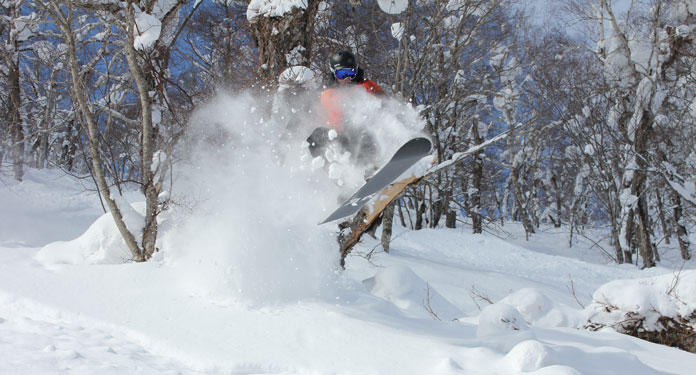
You don’t need to be fit to start HIIT and get fit / ski fit
Even if you rarely exercise, it’s never too late to start doing HIIT, Dr Keech said.
“When you get fitter, you lower your risk of early mortality and this is especially important for those who have not exercised much in their life – you can get great benefit from starting regular exercise.”
“For people who are generally healthy but otherwise sedentary, start conservatively with MICT and then gradually build HIIT into the program – either form of training will deliver improvements in aerobic fitness within the first few weeks.“This is largely from increases in blood volume because having more blood in your body leads to more oxygen reaching your working muscles, but these benefits will be lost if you give up regular exercise.”
Dr Keech said people with chronic disease could also benefit from HIIT – as long as they had adequate supervision and guidance. “HIIT has been applied in a wide range of chronic illness populations in the past few years – such as people who have survived stroke or have kidney disease, non-alcoholic fatty liver disease or cancer,” he said.
We use HIIT with cardiac rehab patients in Prince of Wales Hospital with strict safeguards – pre-training heart health screening with a cardiologist, regular checking of blood pressure and symptoms, strict adherence to the prescribed exercise program – and in this setting it has been shown to be relatively safe.
“We are now designing a study that will investigate the feasibility of HIIT in patients with severe liver disease at St George Hospital.”
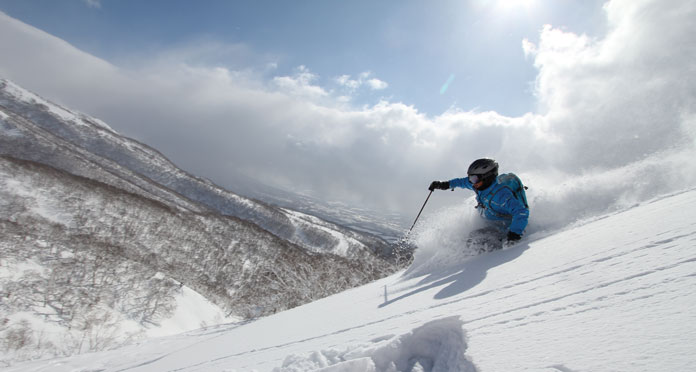
Watch your waistline – not your weight
Dr Keech said one of his studies, a meta-analysis, showed HIIT and MICT both led to, on average, about two kilograms of fat loss after about 10 weeks of training, three times a week – without any dietary change.
“Fat loss through exercise is not accompanied by any great weight loss because you lose fat but can gain weight via other means. An increase in muscle mass occurs a little bit, but it also comes from blood volume increases,” he said.
“This can increase your body weight by half a kilo or so – initially it’s from water retention leading to plasma increases, then the kidneys detect this change and start the process to pump out more red blood cells. Dr Keech said people should therefore not rely on weight loss to evaluate the benefits of exercise, including HIIT.
“Waist circumference is likely a better index of exercise-induced fat loss, which is an under-appreciated point in the community,” he said. “Most of us just use body weight scales at home and see little change after many weeks or months of training. But those scales won’t tell you if you have lost fat and put on muscle and blood weight.
“Gaining muscle and blood are excellent adaptations, while losing fat is also very important for improving health. So, achieving all three changes is great. But you won’t know of this if you just look at your weight scales.”
Give HIIT a go!
Dr Keech said the cardiac patients he worked with enjoyed a big confidence boost from doing HIIT – knowing they could safely exert themselves after surviving a heart attack – so, it could help many other people keep fit, too.
“HIIT is not a passing fad – it is a genuine intervention with a range of advantages over MICT, including time-efficiency, enjoyment and the challenge of mastering a concentrated form of exercise,” he said.
“If you design a HIIT program thoughtfully – for example, with shorter bursts or longer rest periods and build up gradually – you can limit the sense of discomfort or fatigue that many people find unappealing about exercise.”
“Remember, the human body likes to work hard and while results from exercise vary across individuals, HIIT can encourage positive changes that improve health and ultimately, lower the risk of an early death.”
Dr Keech suggested people contact an accredited exercise physiologist if they wanted a program tailored to their needs and goals.
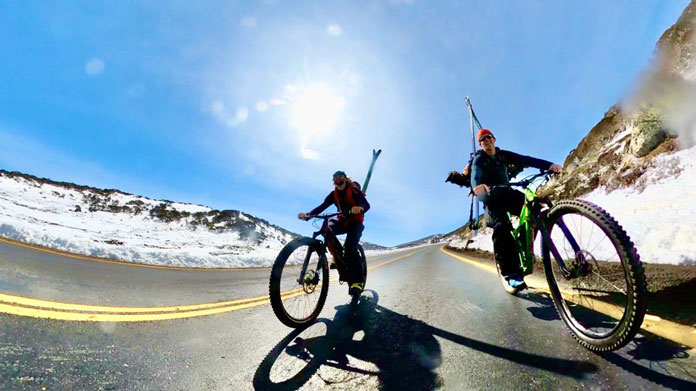
HIIT and snow sports – get ski fit faster, better
We asked Dr Keech some specifics relating to skiing.
SA: Anyone who skis at any keen sort of level will have noticed a form of the the HIIT effect every time they ski – it’s a very stop start activity usually, especially in Australia where the runs are short at the best of times. Personally I try and work on cycling or hiking up steepish hills ahead of the snow season for example, rather than long cycles. And doing them in bursts or at least building up to ride up 3 or 4 hills for example. Without ever reading up on the science of it, that seems to work.
Would you recommend it to skiers?
Skiing is inherently a HIIT-type format. Runs are typically anywhere from 30sec to 5min depending on the length of the slope and are high intensity if you are challenging yourself on runs that are tricky for your standard (e.g. black runs for intermediate level skiers). Then you get a rest period catching the lift back up the top. So yes, it makes sense to train for the interval nature of skiing by doing interval-type training.
The evidence is clear that longer-duration HIIT, involving work intervals of 2-4min or so, are best for improving aerobic fitness, often termed VO2max. This is oxygen consumption – fitter people consume more oxygen, which allows the muscles to work for longer during the ski runs. This is important for ski performance obviously, but is also important for safety risk for older skiers since you’ll be doing those ski runs with more ease than you would when relatively unfit, placing less stress on your heart overall and decreasing your risk of a sudden cardiac event happening on the slopes. The last place you would want a cardiac event to happen is when you’re half-way down the mountain and out of range of first aid.
So, training for your skiing is not just for performance, it is also for safety risk management.
We do research on the safety and benefits of HIIT in chronic illness populations. We’ve just completed a study in cardiac patients at the Prince of Wales Hospital, Sydney, and found if you apply thoughtfully planned HIIT, with safety mechanisms such as monitoring of heart rate and blood pressure during the session, then it can be done safely. And the benefits are clear for a wide range of cardiovascular measures, not just a stronger heart (a big end goal for most people) leading to higher aerobic fitness, but also lower blood pressure and lower body fat levels.
SA: If you are going to ski a lot in a season at home, or on an extended trip overseas (when that’s back on the menu), the HIIT principles can be applied to building up your ‘ski fitness’ levels then too – especially toning the right muscles for the task with bursts of activity.
Doing full seasons for most of the past 18 years I got in the habit of trying to get out for an hour or two even on the crappiest snow and/or weather condition days, just to go hard in bursts and build up. It seems to work really well. Later in peak season friends would visit who didn’t have the benefit of specific ski fitness training, including gym junkie friends who were very much into those big workouts. But they could never last long skiing non-stop despite their punishing workout regimes vs my relaxed on-snow daily build up.
Is there an optimum minimum number of HIIT sessions we should be aiming at and a time period pre-season or pre-overseas trip to start them?”
The intense nature of HIIT does suggest that recovery between sessions is important, to allow the muscle fibres in the thighs especially to grow and adapt to the stress you applied to them.
So, we broadly recommend HIIT every 2nd day or so, allowing roughly 48hrs between sessions.
You can apply HIIT practically, without need for expensive gym equipment. Stairs and hills are an easy way to do HIIT – this is the opposite for skiers, you need to work going up the hill now, not down the hill like you are used to.
You can see aerobic fitness increases within the first few weeks of training – this is primarily from having more blood in the system, which is great because it leads to a higher stroke volume (blood pumped per beat) which leads to better oxygen consumption. This great for your skiing performance and for your health.
SA: The stats show the whole ski industry in Australia, and most of the World, is being kept alive by middle aged plus skiers. The participation rate for snowsports in Australia for example peaks in the 50-55 age bracket. Are there any dangers those of us entering life’s second half need to consider applying HIIT principles?
Yes, definitely use common sense when starting out. If you are not a regular exercise trainer, start off with maybe a couple weeks of just moderate-intensity exercise before building up to the short, sharp HIIT stuff.
And then maybe start with short duration intervals, say 20-30sec of hard work with 40-60sec rest between intervals, repeated 5 times. Build up gradually from there – add longer duration of work, or less duration rest, or more repetitions.
If in doubt, contact an Exercise Physiologist.
We are trained to design exercise programs for any individual, with emphasis on older adults and those with chronic illness or cardiovascular risk factors (obese / high blood pressure / diabetic risk etc). We can get you started and educate you to be able to apply HIIT yourself for years to come.
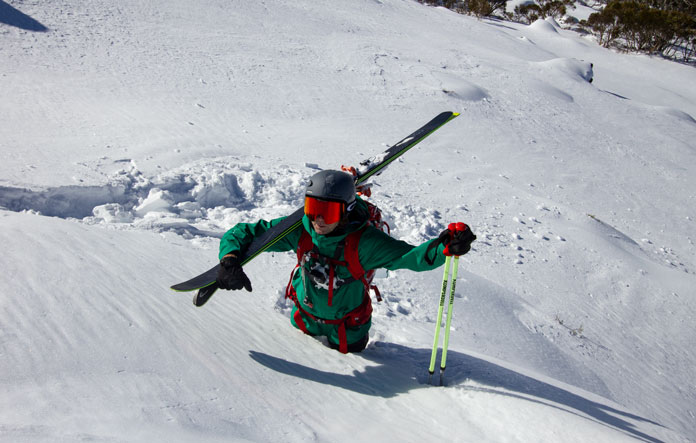
SA: As a boarder/skier yourself have you noticed the benefits and got any insider tips?
I am a once-yearly skier unfortunately, driving the family from Sydney to the Snowy Mountains, and we missed out this year. I wish we could do more. My priority now is getting our young kids onto skis. It is a wonderful activity – so many health and fitness benefits. And the mental health benefits should not be underrated.
I like to do upper leg resistance exercises (squats, single leg squats, side squats) and hill sprints in the weeks before a ski.
I wouldn’t feel overly confident without that base of muscle strength and endurance. I also feel that trunk stability exercises are also helpful leading up to a ski season, helps to control your shoulder turns and control on the moguls too.
Thanks Doctor K ! For most of us downunder the chances of a ski or shred anytime soon are slim, but if we have to wait till next June at least we have a pathway to be ready and raring to go.
